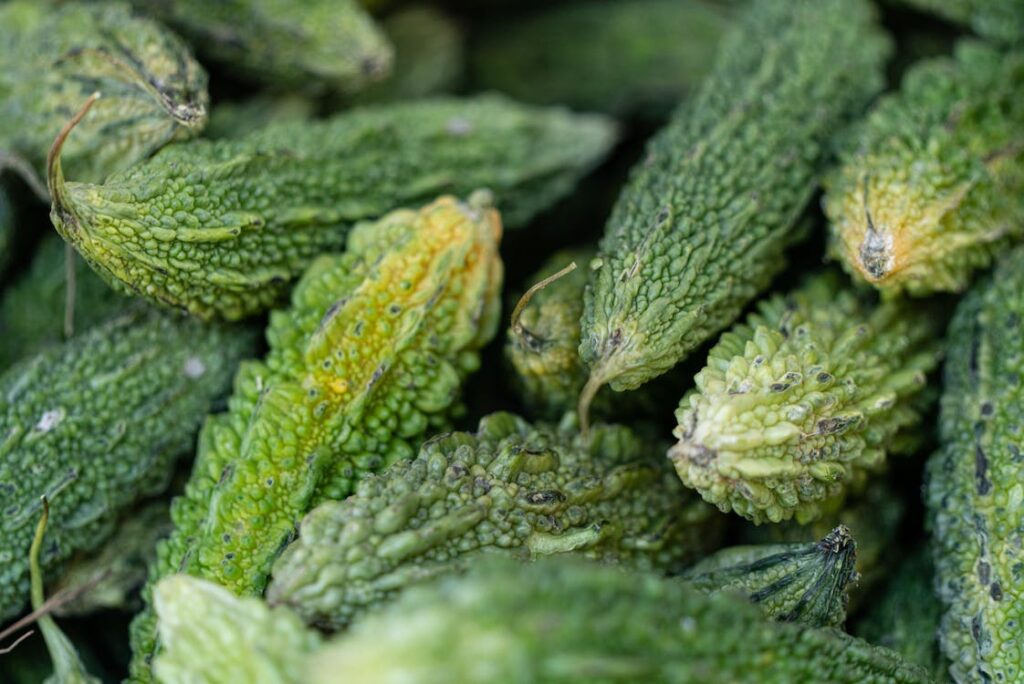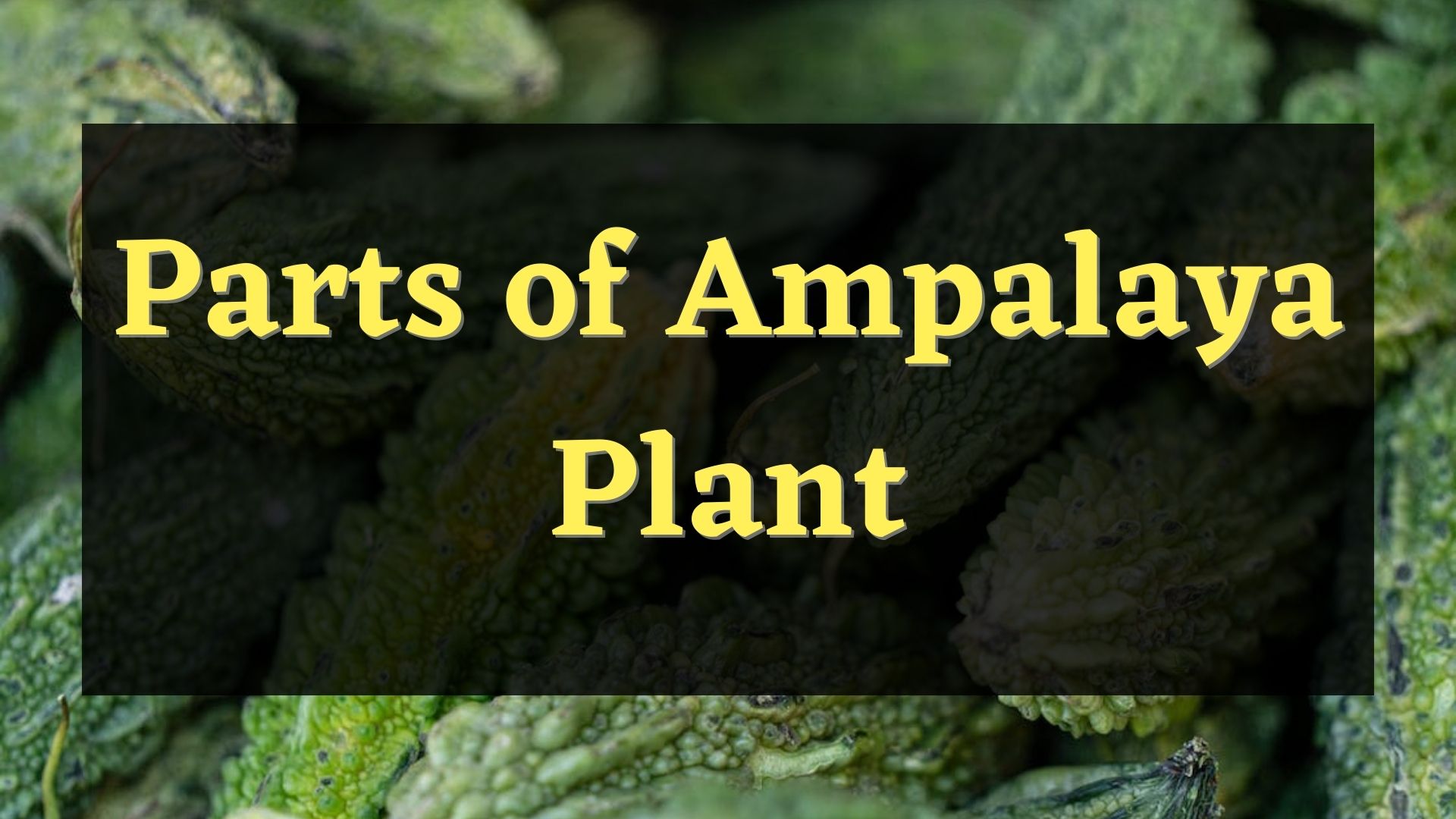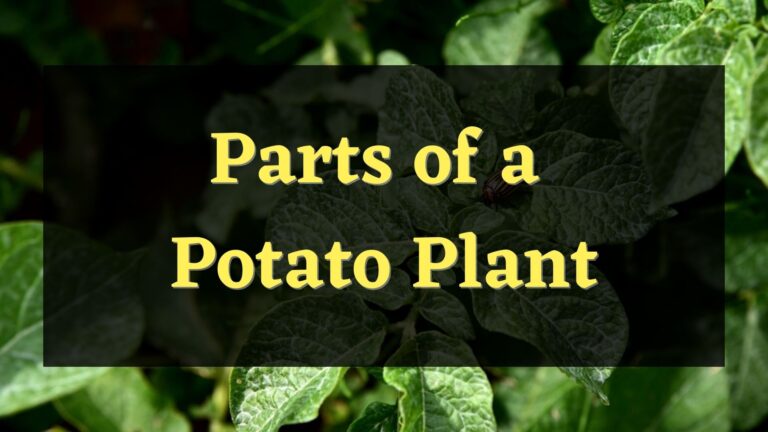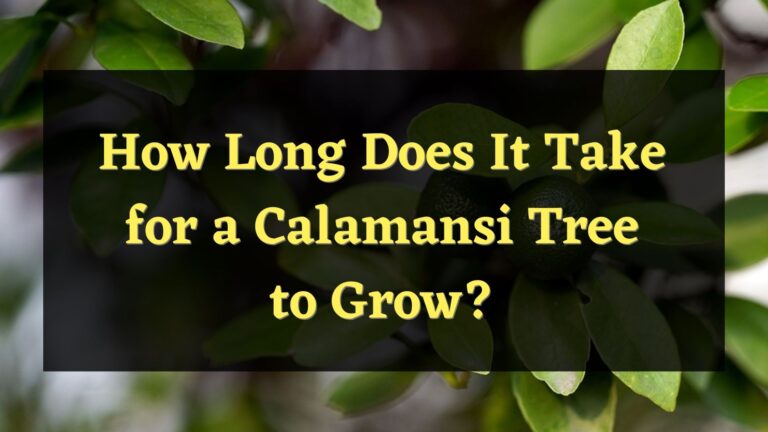Have you ever wondered what are the parts that make an ampalaya as a whole? And how each of these parts contributes to the ampalaya plant’s growth and development? Well in this blog post, I will classify each part of the ampalaya plant and provide you a general description of the said part’s characteristics and its tasks that contribute to the growth and development of this plant.
What are the parts of ampalaya?
Roots
The main function of the roots is to transport water and minerals to all parts of the ampalaya, from the vines to its leaves and even to the flowers. This is one of the most important parts of a plant as this part utilizes and transports the nutrients that it has absorbed to all of this plants. The status of the root of an ampalaya plant corresponds to the overall health of the plant itself. If you see your ampalaya plant growing quickly and is very healthy, this also means that the roots are healthy and are working properly.
Vines
The vines are the main body parts of the ampalaya plant. This is a direct comparison to a tree trunk or a plant’s stem. The vine is green in color and stretches itself out and grows longer, scattering itself around and attaching itself to anything it can attach itself on. An ampalaya vine can grow up to several meters in length. It has a smooth surface when the plant is still young but eventually becomes rougher as it grows older. These vines also support the other part of the ampalaya plant such as the leaves, flowers, and fruit that the plant will produce.
The main function of this part is to deliver the water, nutrients, and minerals that the ampalaya roots absorb and transport them into the other parts of the ampalaya plant such as leaves and flowers. The vines are also the ones that carry the energy that the leaves produce and spread it out to all parts of the ampalaya plant. In short, this part acts as the passageway of nutrients that comes and goes within the ampalaya plant itself.
Leaves
The ampalaya leaves are green in color and have pointed tips. The leaflets have a smooth texture at first then eventually grow tiny thorns making it a bit rougher on the surface. An ampalaya leaf is also very light in weight. A mature ampalaya plant that has an abundance of green color and healthy-looking leaves is bound to produce more
Flowers that will lead to producing plenty of fruits. As the state of the ampalaya’s leaves corresponds to the overall health of the ampalaya plant.
The leaves are part of an ampalaya that acts as the ampalaya plant’s food provider. This part is the one that makes food for the plant. It converts the minerals that the roots gather and the vitamins that it gets from the sun to energy that the ampalaya plant needs to survive in a process called photosynthesis.
Flowers
The ampalaya flower’s colors vary from one plant to another. Some of them have a pure yellow color and some also have white flowers. These flowers are small in size comparable to pumpkin flowers and both of them are also edible. The ampalaya flowers will eventually become fruit as they grow older. Hence, the more flowers your ampalaya plant produces, the more ampalaya fruits you can harvest later on. It is also important to note that the ampalaya flowers are very brittle and can easily fall down from the vines with the slightest touch.
Fruits
Not saying that this is the only edible part of an ampalaya plant. But this is the most common part of this plant that people eat. The sizes of the ampalaya fruits vary from one plant to another. The quality of the fruit also corresponds to the plant’s health. This means that if your ampalaya plant has grown really well and is totally healthy, it will produce bigger and healthier fruits.

The ampalaya fruit’s skins are very thick. Its color is green and grows yellowish when it ripens. Although having a fully yellow colored fruit means that the ampalaya fruit is overripe. The fruit of an ampalaya is also an important part of it. As the fruit produces seeds that is the only way for the plant to reproduce.
Seeds
This part of an ampalaya comes from its fruit. An ampalaya seed varies in color and is much more bitter than the actual fruit itself. Some of them are reddish while other seeds are color green when young and eventually turn indigo when the fruit is totally ripe. It is an important part of the ampalaya because this plant is not the same as other plants that can be reproduced by cutting. The ampalaya’s vine won’t survive if planted. The main source of the ampalaya’s reproduction is its seeds. Therefore, it is considered one of the most important parts of this plant.
FAQs
Is ampalaya and bitter gourd the same?
Bitter Gourd is the English term for ampalaya. They are the same plant.
Which part of ampalaya is edible?
The part of an ampalaya that is most common for people to eat is the fruit. However, ampalaya leaves are also included in some Asian dishes as it gives a hint of bitter flavor to the dishes’ soup.
Is ampalaya a fruit or vegetable?
Ampalaya is considered a fruit that has a very distinctive bitter taste. It has thick, wrinkly, but soft skin that is colored green and is mostly known as a bitter gourd in western countries.
Conclusion
Ampalaya only has a few parts. Although few doesn’t mean it is not interesting nor useless. In fact, all of its parts are useful not only to themselves but to the people who planted them. From the leaves to the ampalaya’s fruits. Every part of it has specific uses and various tasks that are necessary and is very crucial for the plant’s growth and survival.
Meet Tomas Clayton, a seasoned plant gardener who has been passionate about horticulture since he was a child. Tomas John developed a love for the natural world and a strong appreciation for the beauty of plants while growing up on a farm.








